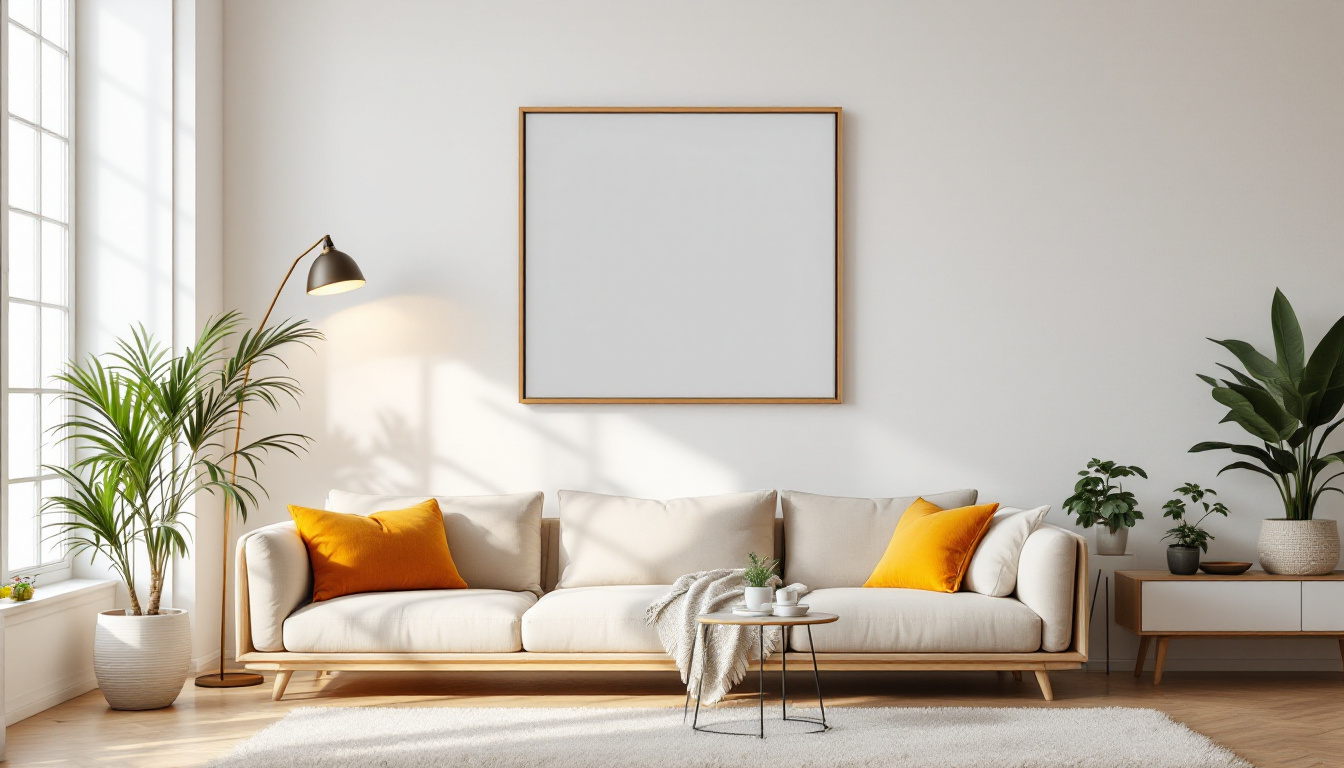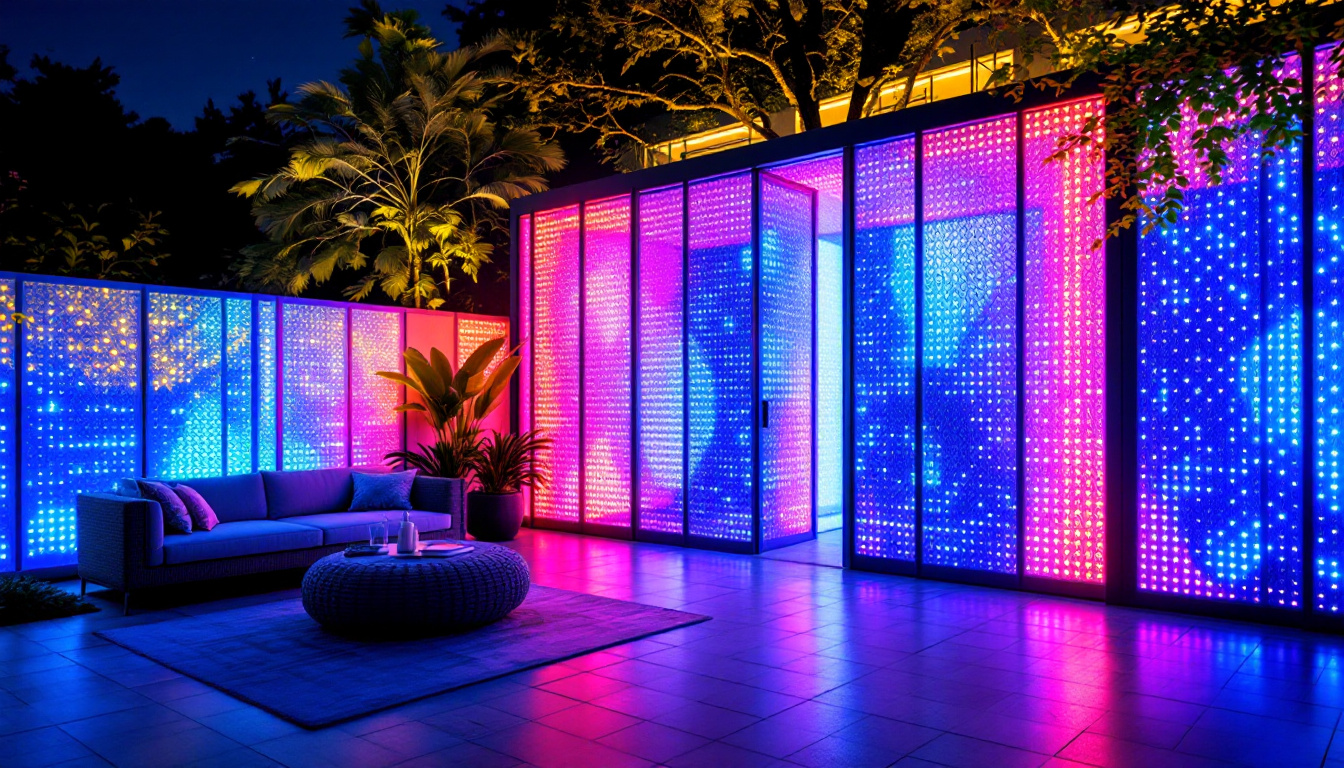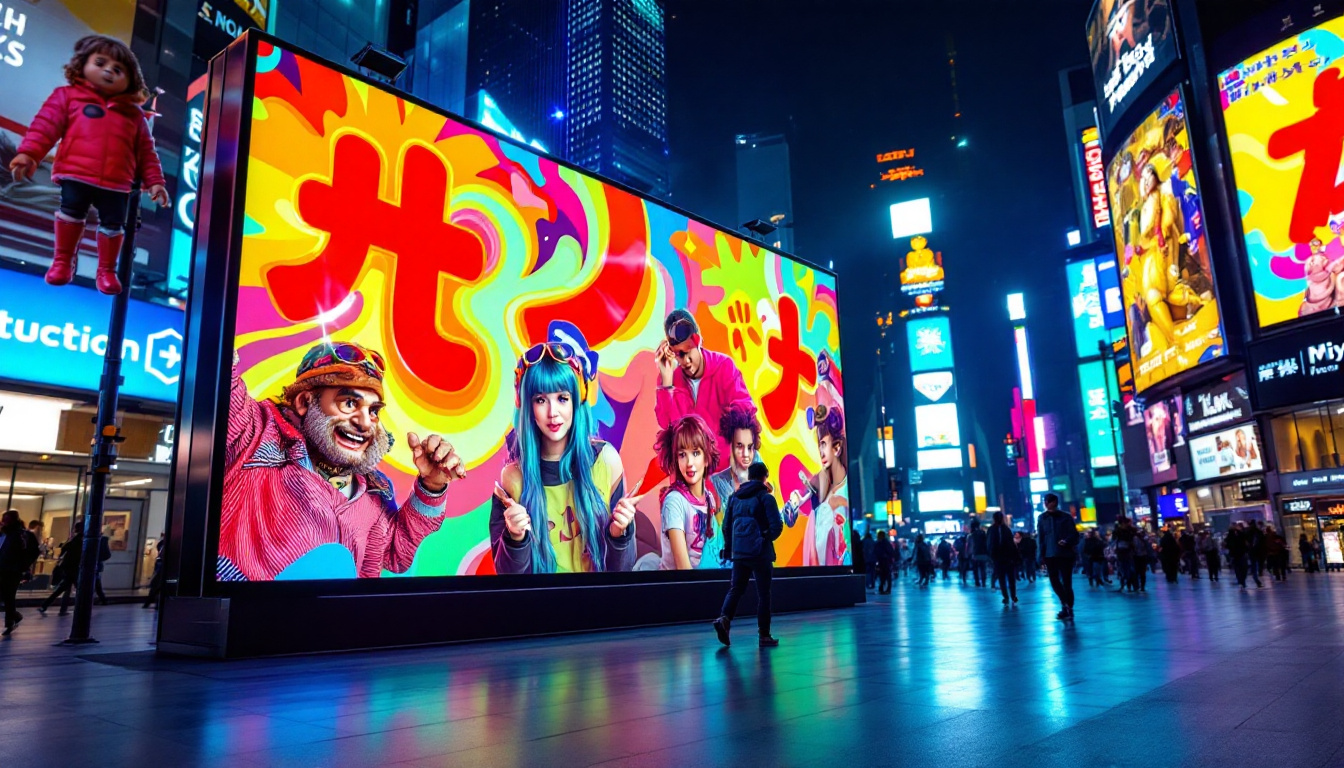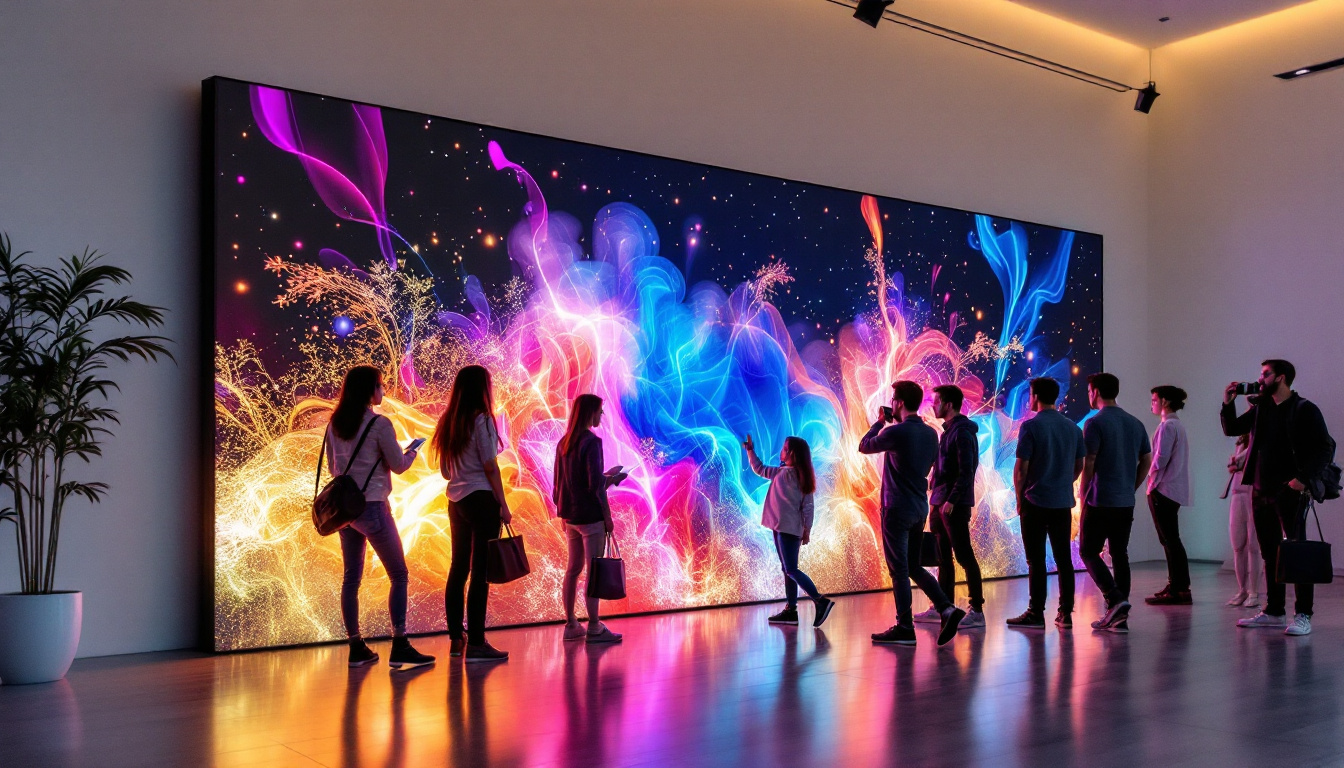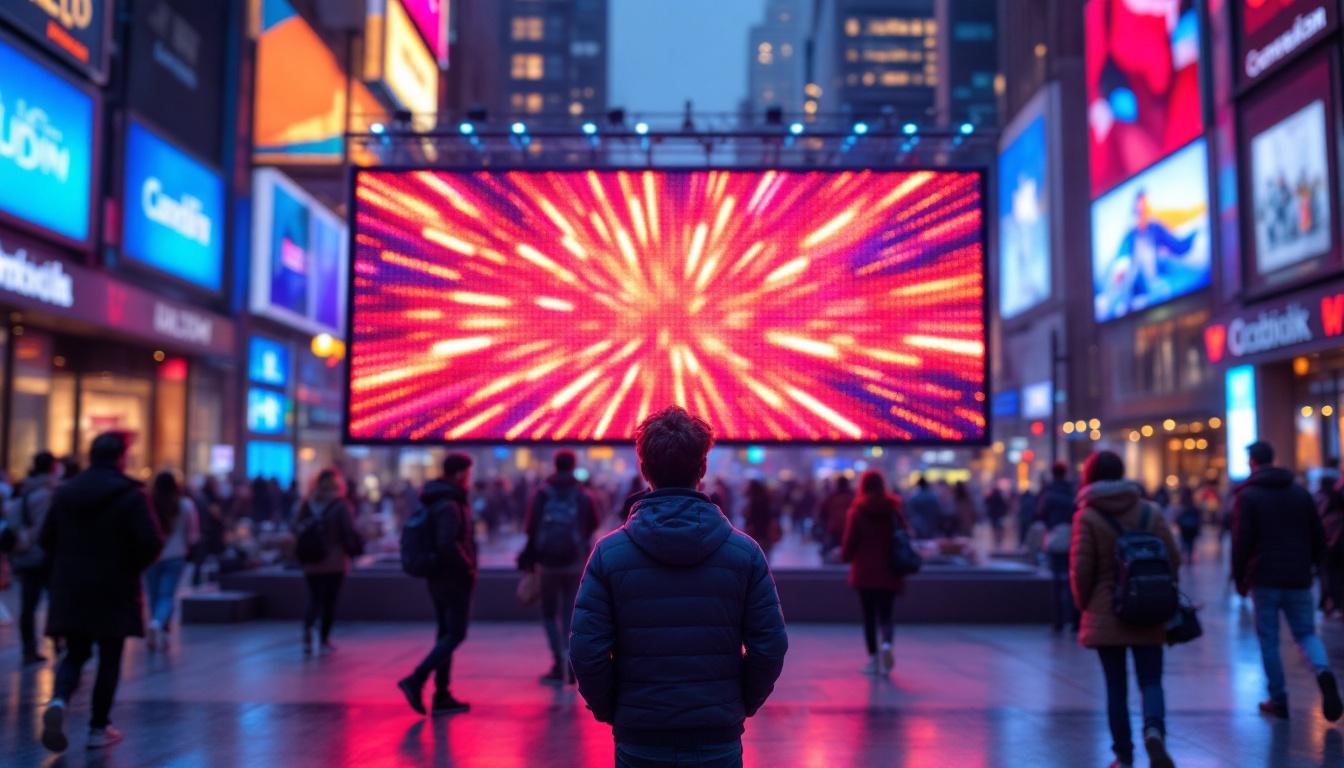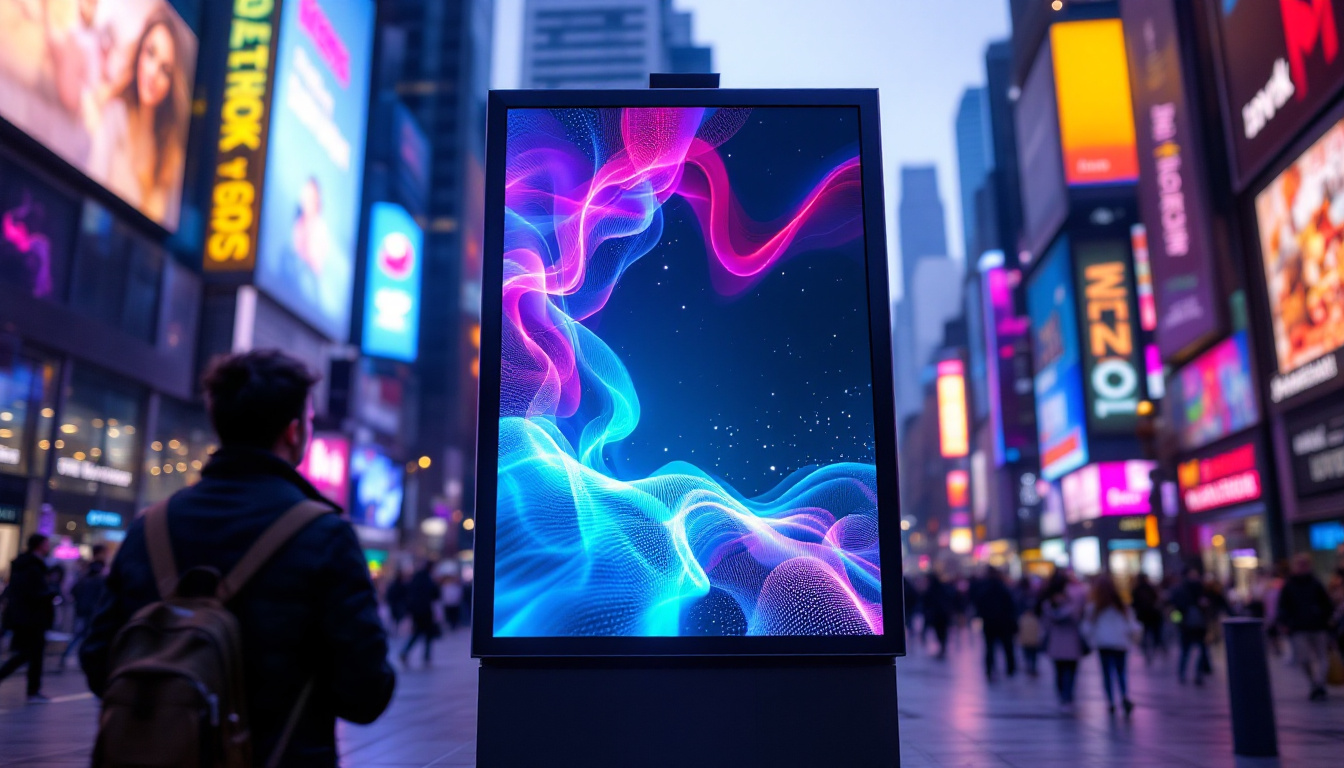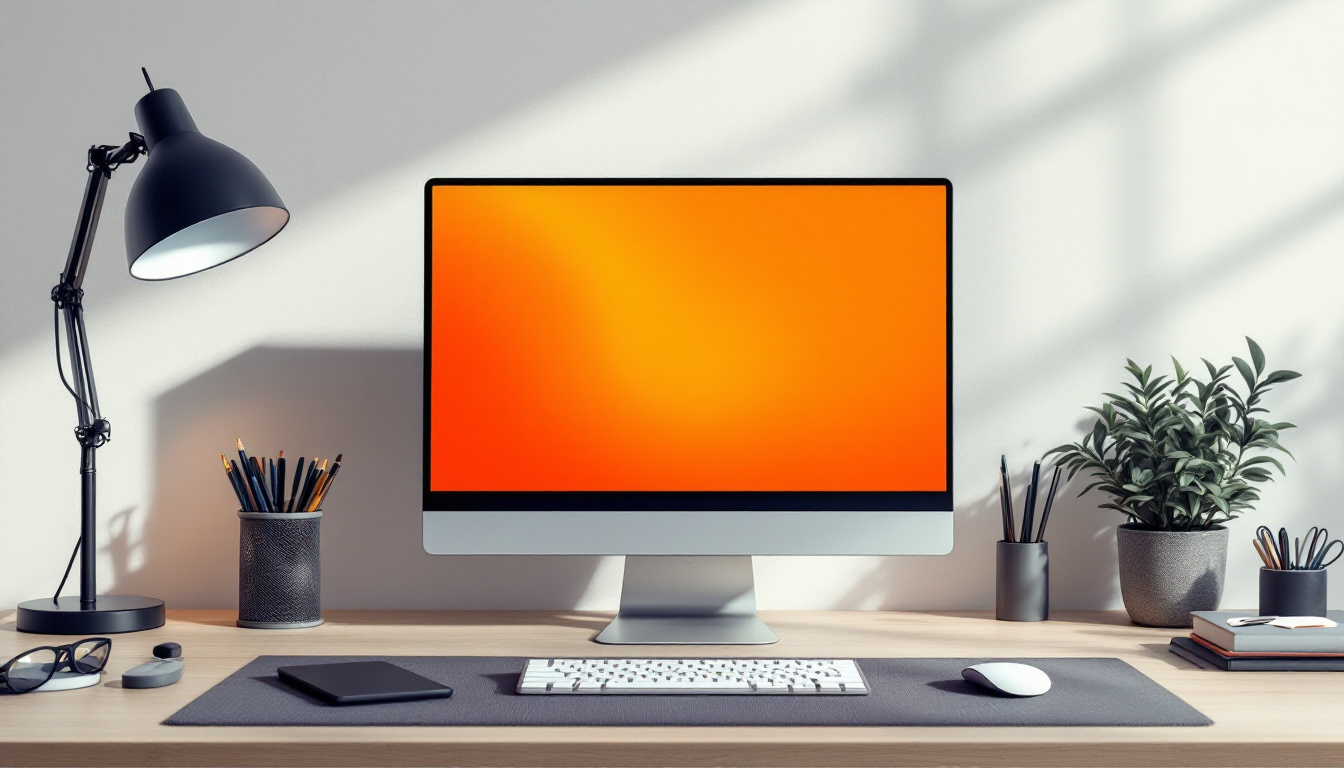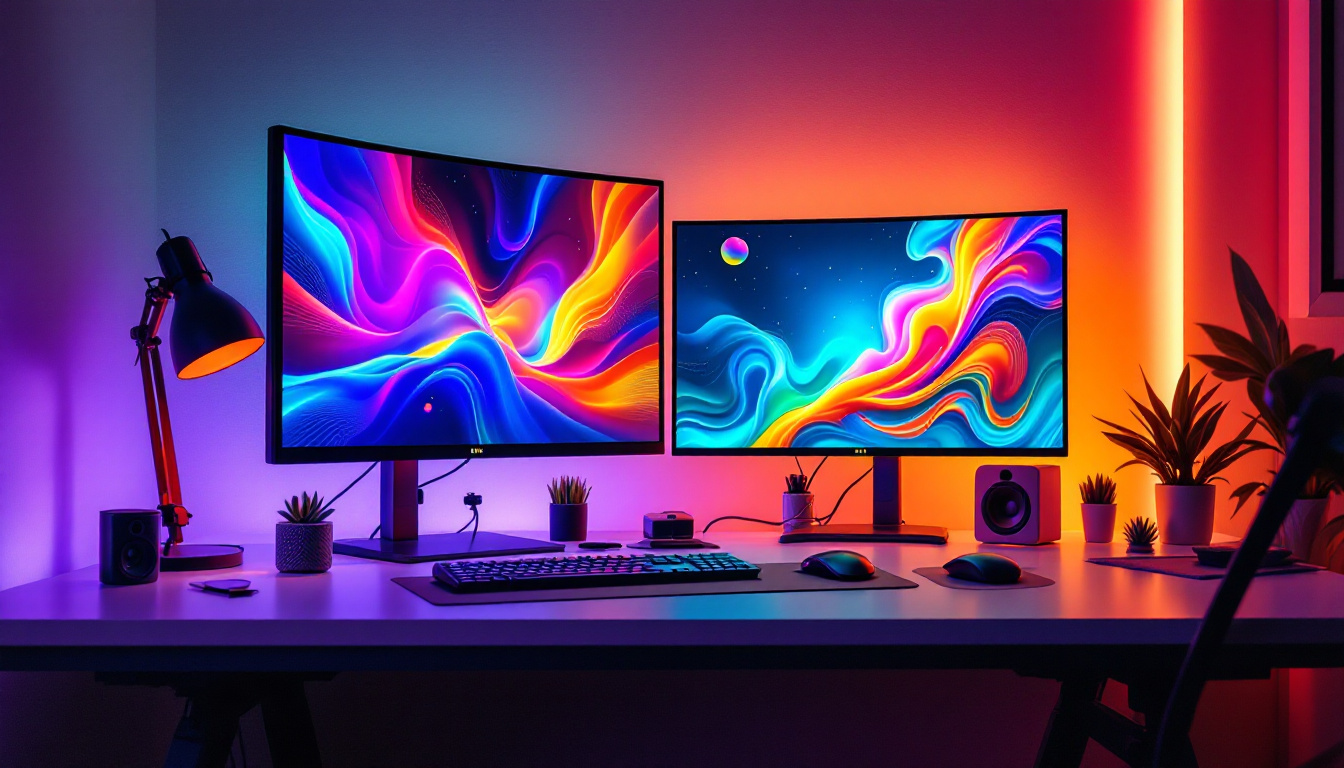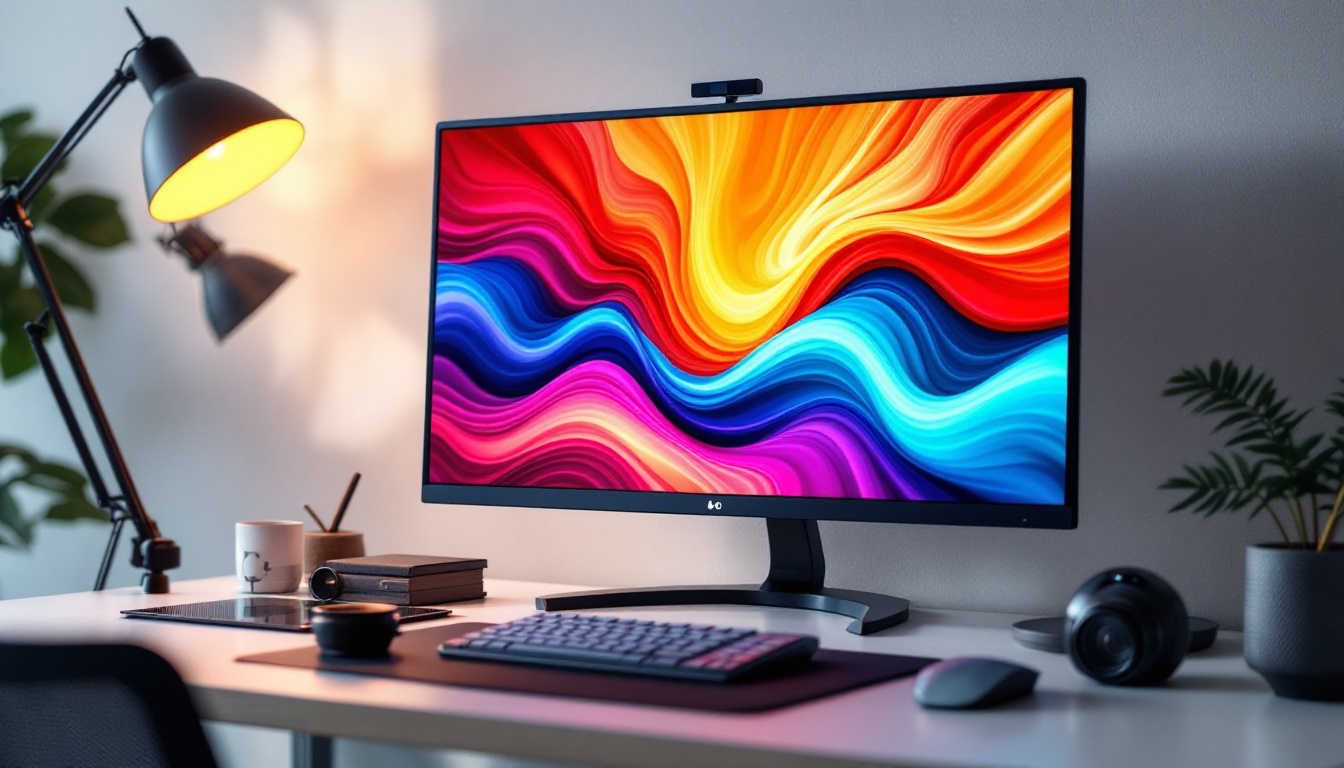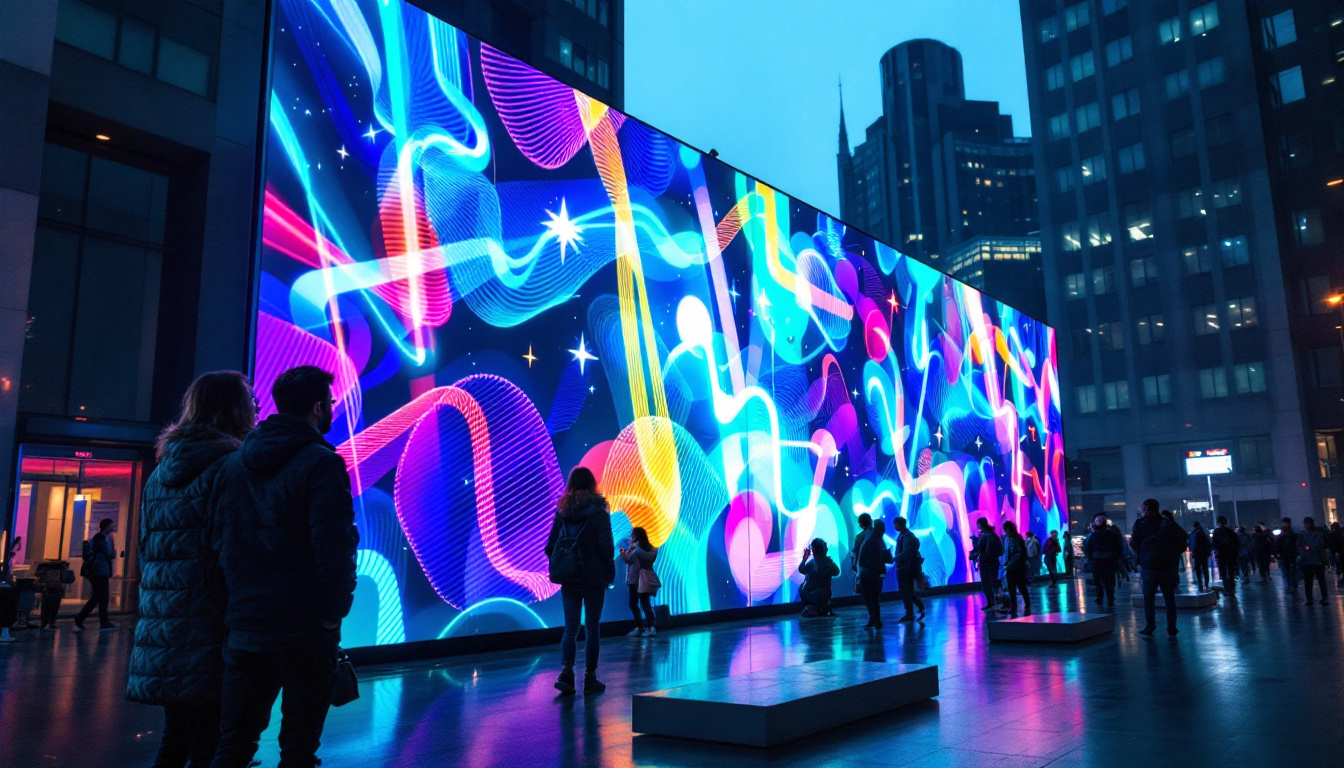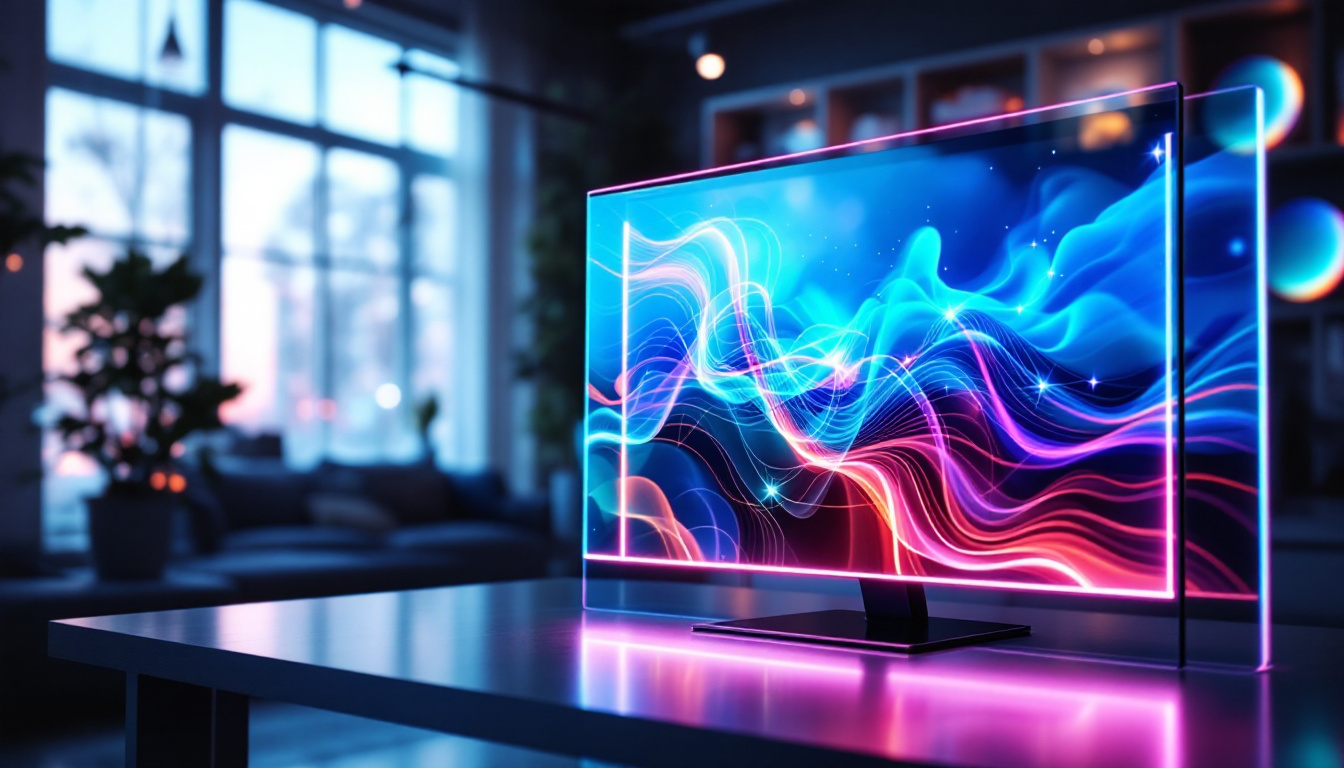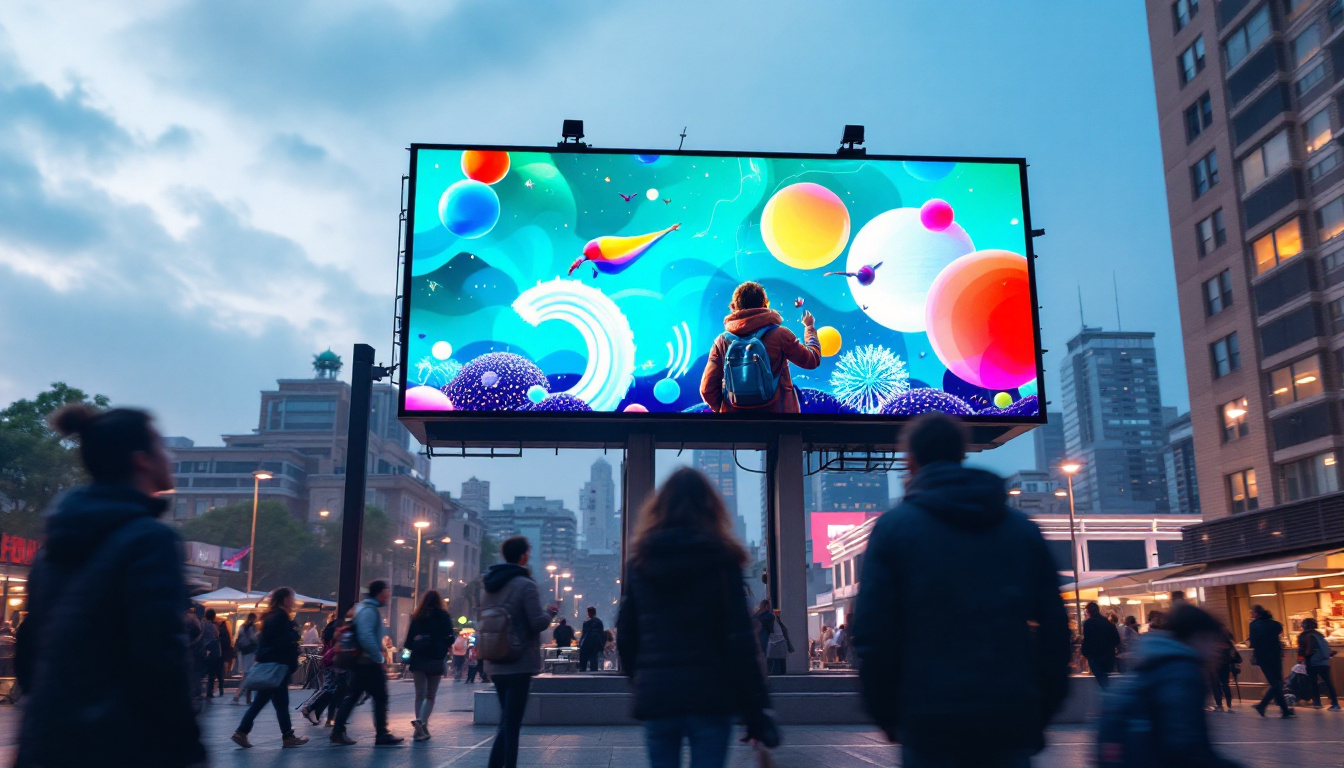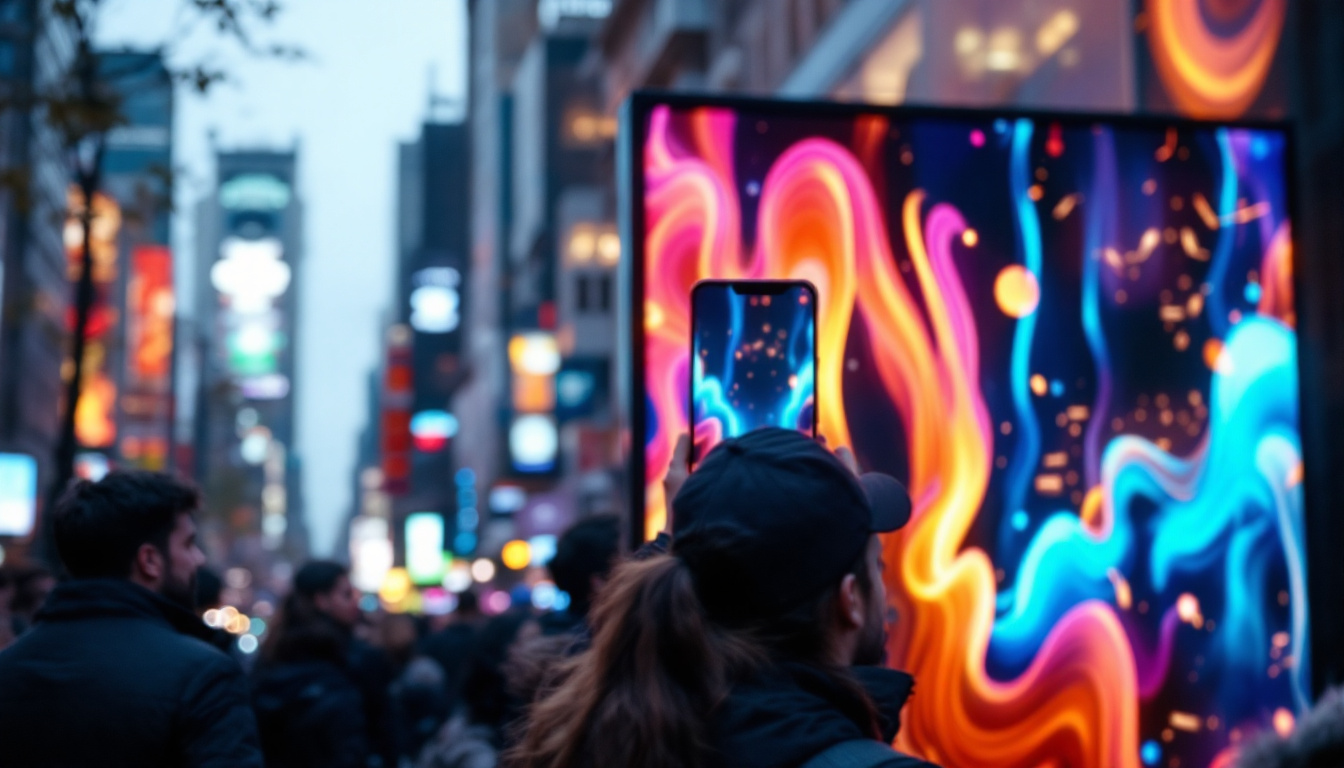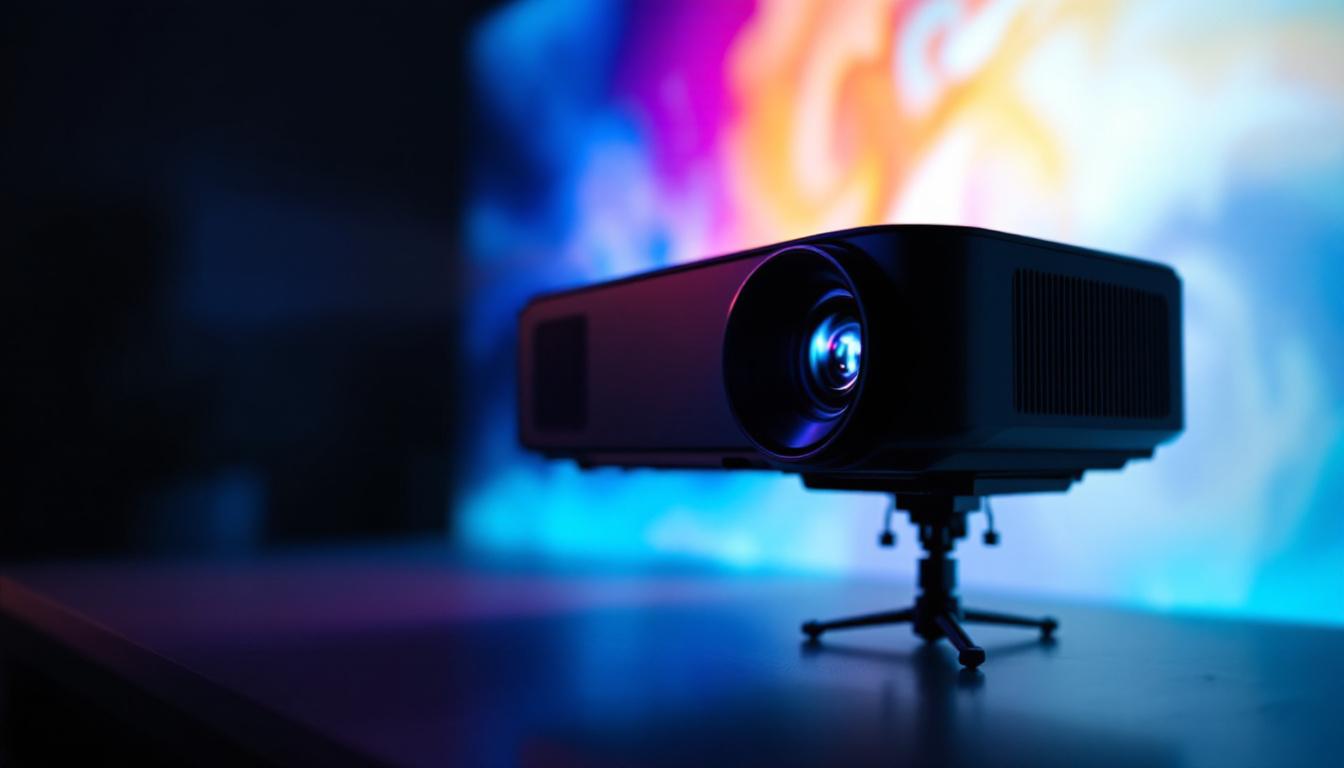Hanging pictures can transform a space, adding personality and warmth to any room. However, determining the proper height to hang a picture is crucial for achieving a balanced and aesthetically pleasing look. This article delves into the best practices for hanging pictures, particularly in relation to LED displays, ensuring that your artwork complements your environment beautifully.
The Importance of Height in Picture Hanging
When it comes to interior design, the height at which a picture is hung plays a significant role in how it is perceived. A picture hung too high can appear disconnected from the surrounding decor, while one hung too low may feel out of place. Understanding the right height can enhance the visual flow of a room, making it feel cohesive and inviting.
Visual Balance and Proportion
Visual balance is essential in any artistic arrangement. When pictures are hung at the right height, they draw the eye naturally and create a sense of harmony within the space. The general guideline is to hang artwork at eye level, which is typically around 57 to 60 inches from the floor to the center of the piece. This height allows most viewers to appreciate the artwork without straining their necks or feeling disconnected. Additionally, when multiple pieces are displayed together, maintaining a consistent height can unify the collection, allowing each piece to complement the others rather than compete for attention. This approach can transform a simple wall into a gallery-like display that invites exploration and admiration.
Room Functionality and Context
The function of the room also influences the ideal height for hanging pictures. In living rooms, where people often gather and socialize, artwork should be accessible and engaging. In contrast, in hallways or staircases, pictures may be hung slightly higher due to the angle from which they are viewed. Consider the context of the space and how it will be used when deciding on the height for your artwork. For instance, in a dining room, artwork can be hung lower to create an intimate atmosphere, encouraging conversation and connection. Meanwhile, in a home office, where focus and inspiration are key, artwork that is hung slightly higher can provide a broader view, helping to stimulate creativity without overwhelming the senses. Understanding these nuances can significantly enhance the overall ambiance of your home.
Factors to Consider When Hanging Pictures
While the general rule of eye level is a good starting point, several factors can influence the ideal height for hanging pictures. These include the size of the artwork, the height of the ceilings, and the surrounding furniture.
Artwork Size
The size of the artwork plays a crucial role in determining the appropriate height for hanging. Larger pieces can often be hung slightly higher, as they can dominate a wall and draw attention from a distance. Conversely, smaller pieces may benefit from being hung lower to create a more intimate viewing experience. It’s essential to consider the scale of the artwork in relation to the wall space available. Additionally, grouping smaller artworks together can create a gallery wall effect, allowing for a dynamic display that can be adjusted based on the overall size of the wall. This approach not only enhances visual interest but also provides flexibility in arranging pieces to achieve a harmonious balance.
Ceiling Height
Ceiling height can dramatically affect how artwork is perceived. In rooms with high ceilings, hanging pictures too low can make the space feel cramped. In contrast, in rooms with lower ceilings, hanging artwork too high can create an unbalanced look. A good rule of thumb is to leave at least 6 to 12 inches between the top of the artwork and the ceiling to maintain a sense of proportion. Furthermore, consider the vertical lines in the room, such as tall bookcases or windows, as these can guide the eye upward and influence how you position your artwork. By aligning pieces with these architectural features, you can create a more cohesive and visually appealing environment.
Surrounding Furniture
The placement of furniture can also dictate the height at which pictures should be hung. For instance, when hanging artwork above a sofa or console table, it is advisable to leave about 6 to 12 inches of space between the top of the furniture and the bottom of the artwork. This ensures that the pieces feel connected and creates a cohesive visual narrative within the room. Additionally, consider the function of the space; in a dining area, for example, artwork can be hung slightly higher to allow for unobstructed views during meals. It’s also beneficial to think about the overall color palette and style of the furniture, as this can influence the choice of artwork and its placement, ensuring that the pieces complement rather than clash with the existing decor.
Special Considerations for LED Displays
As technology continues to evolve, LED displays have become increasingly popular as a medium for art and design. Understanding how to integrate these displays into your space requires specific considerations regarding height and placement.
Viewing Angle
One of the most critical factors when hanging an LED display is the viewing angle. Unlike traditional framed art, LED displays often require a specific angle for optimal viewing. Ideally, the center of the display should be at or slightly below eye level, typically around 57 to 60 inches from the floor. This height ensures that viewers can comfortably see the content without straining their necks. Additionally, it’s worth noting that the technology behind LED displays can vary, with some models offering wider viewing angles than others. Therefore, it’s essential to research the specifications of your chosen display to determine the best height and angle for your specific installation.
Ambient Lighting
Lighting plays a vital role in how an LED display is perceived. When determining the height for hanging an LED display, consider the ambient light in the room. Glare from windows or overhead lighting can detract from the viewing experience. Positioning the display in a way that minimizes glare while still being at an appropriate height is crucial for maximizing enjoyment. Furthermore, the color temperature of the surrounding light can influence the vibrancy of the display. Warmer lighting can enhance the richness of colors, while cooler lighting may create a more sterile environment. Experimenting with different lighting conditions can help you find the perfect balance for showcasing your LED display.
Integration with Other Art Pieces
When incorporating an LED display into a gallery wall or alongside traditional artwork, it is essential to maintain a cohesive look. The height of the LED display should align with the other pieces, creating a unified visual flow. This may require adjusting the height of the display slightly higher or lower than the surrounding artwork to ensure that it feels like a part of the overall design. Additionally, consider the thematic connection between the LED display and the other artworks. For instance, if the display features dynamic digital art, it may be beneficial to pair it with pieces that have a similar color palette or subject matter to create a harmonious dialogue between the different mediums. This thoughtful curation can elevate the overall aesthetic of the space, making it more engaging for viewers.
Techniques for Hanging Pictures and Displays
Once the ideal height has been determined, the next step is to hang the picture or LED display securely. Proper techniques and tools can ensure that the artwork is not only positioned correctly but also remains safe and stable.
Measuring and Marking
Before hanging, it is crucial to measure and mark the wall accurately. Use a measuring tape to determine the desired height, then mark the spot lightly with a pencil. This ensures that the artwork is hung straight and at the right height. For larger pieces, it may be helpful to use a level to ensure that the artwork is perfectly aligned. Additionally, consider using painter’s tape to create a temporary outline of the artwork’s dimensions on the wall. This visual aid can help you assess the placement and surrounding space, allowing you to make adjustments before committing to the final position.
Choosing the Right Hardware
Choosing the appropriate hardware for hanging is essential for ensuring the safety and stability of the artwork. For heavier pieces, wall anchors or picture hooks may be necessary to distribute the weight evenly. For LED displays, specialized mounting brackets designed for the specific model should be used to ensure secure installation. It’s also wise to consider the wall material when selecting hardware; for example, drywall may require different anchors compared to concrete or plaster. Investing in high-quality hardware can prevent potential accidents and ensure that your displays remain securely in place for years to come.
Safety Precautions
Safety should always be a priority when hanging pictures and displays. Ensure that the wall is suitable for the type of hardware being used, and consider the weight of the artwork. For larger displays, it may be wise to enlist the help of a professional to ensure that everything is hung securely and safely. Furthermore, always wear appropriate safety gear, such as goggles and gloves, when using tools to avoid any injuries. It’s also advisable to check for any electrical wiring or plumbing behind the wall before drilling or hammering, as this can prevent costly repairs and ensure a safe hanging process.
Creating a Gallery Wall
For those looking to make a statement, creating a gallery wall can be an exciting project. This involves hanging multiple pieces of artwork in a cohesive arrangement, which can transform a simple wall into a stunning focal point. Start by laying out the arrangement on the floor to visualize how the pieces will interact with one another. Consider varying the sizes and styles of the frames to add visual interest, but maintain a common theme or color palette to keep the display unified. Once satisfied with the layout, take a photo for reference and begin the hanging process, ensuring that each piece is spaced evenly for a polished look.
Maintaining Your Displays
After successfully hanging your pictures or displays, it’s important to consider their ongoing maintenance. Dust and dirt can accumulate over time, dulling the vibrancy of the artwork or display. Regularly dusting the frames and surfaces with a soft cloth can help preserve their appearance. For LED displays, ensure that the screens are cleaned with appropriate materials to avoid scratches or damage. Additionally, periodically check the hardware to ensure that everything remains secure, especially in high-traffic areas or homes with children and pets, where displays may be more prone to disturbance.
Final Thoughts on Picture Hanging
Hanging pictures and LED displays is both an art and a science. By considering the proper height, surrounding elements, and specific requirements for LED displays, it is possible to create a visually appealing and functional space. Whether it’s a cherished family photograph, a stunning piece of art, or a vibrant LED display, the right placement can transform a room and enhance its overall aesthetic.
Ultimately, the goal is to create a space that reflects personal style while remaining comfortable and inviting. With the right guidelines and techniques, anyone can master the art of hanging pictures and displays effectively.
Enhance Your Space with LumenMatrix LED Displays
Ready to elevate your environment with the perfect blend of art and technology? Discover the transformative power of LumenMatrix’s advanced LED display solutions. From the comfort of your home to the buzz of a professional setting, our diverse range of products, including Indoor and Outdoor LED Wall Displays, Vehicle LED Displays, and more, are designed to captivate and engage. Embrace the future of visual communication and check out LumenMatrix LED Display Solutions today to create unforgettable experiences and share your message with unparalleled clarity.

